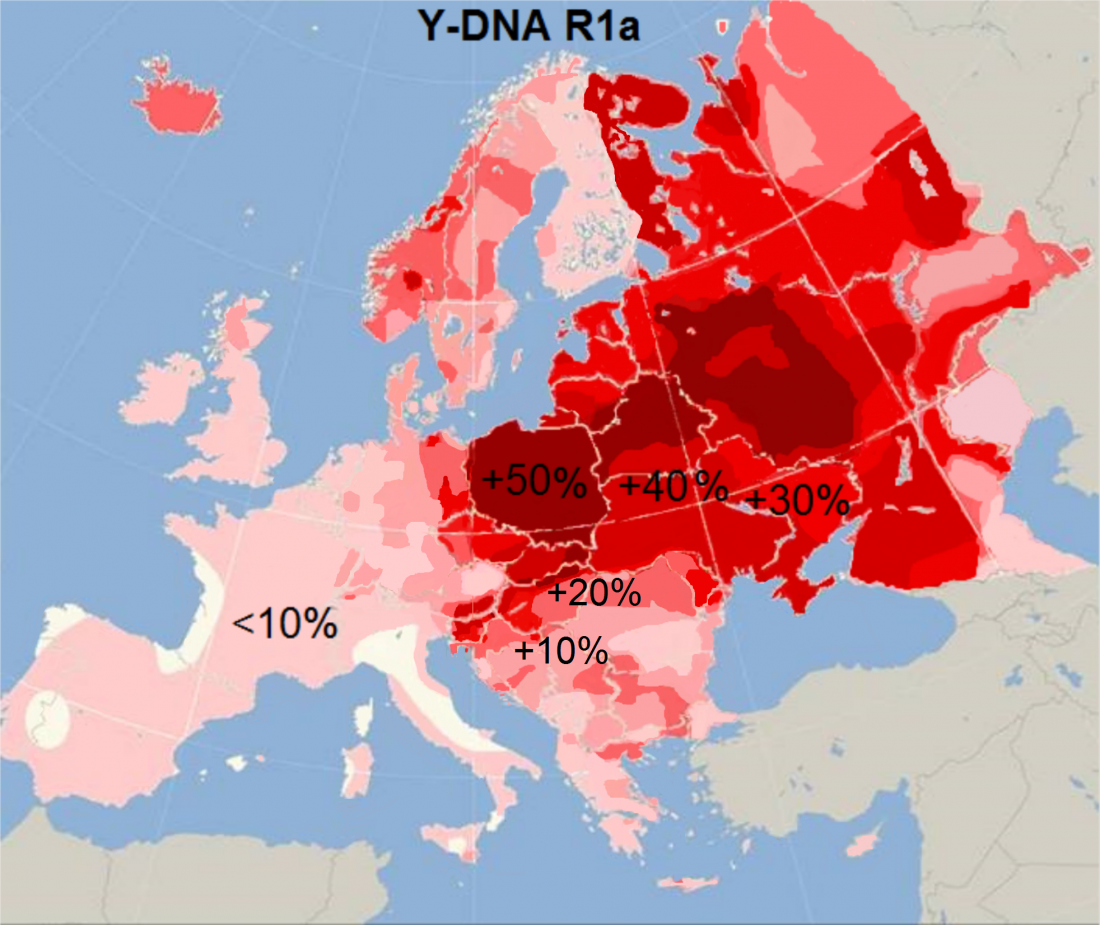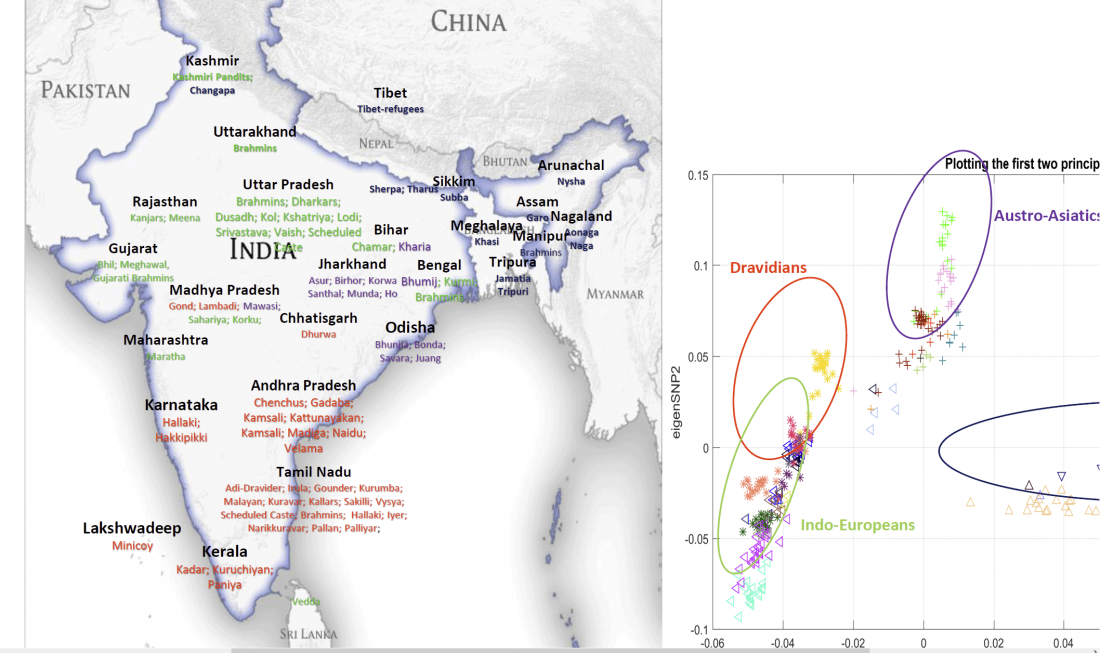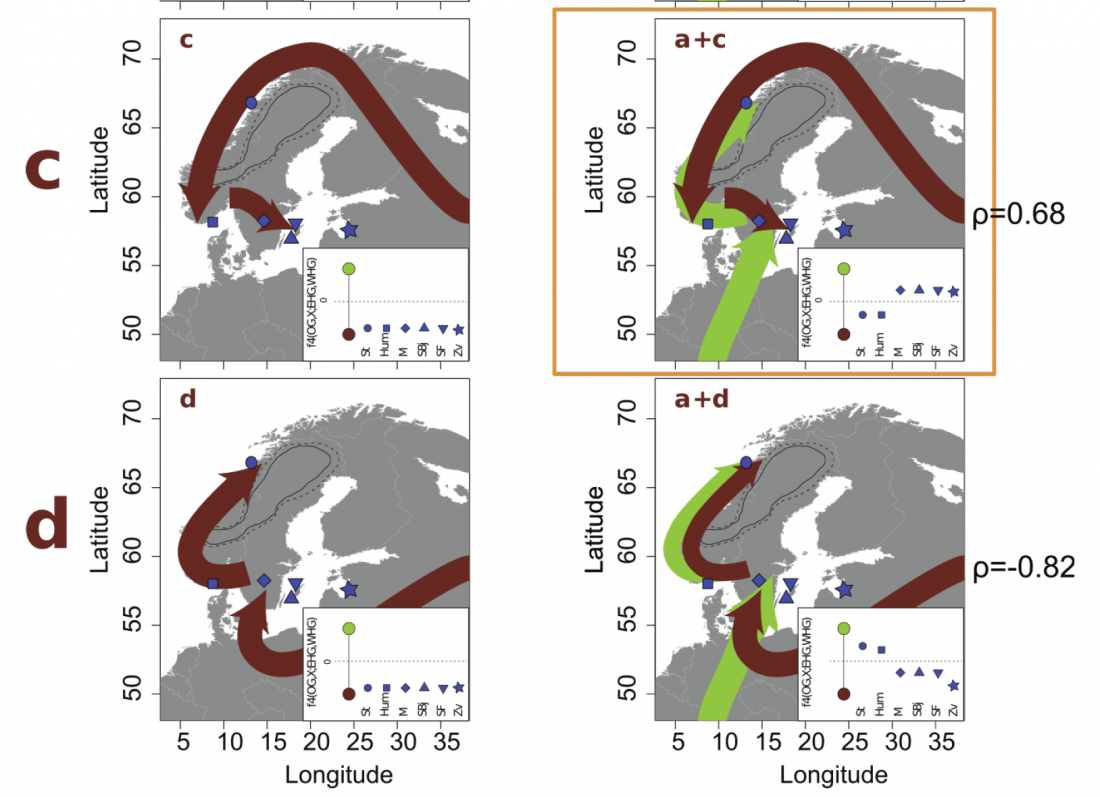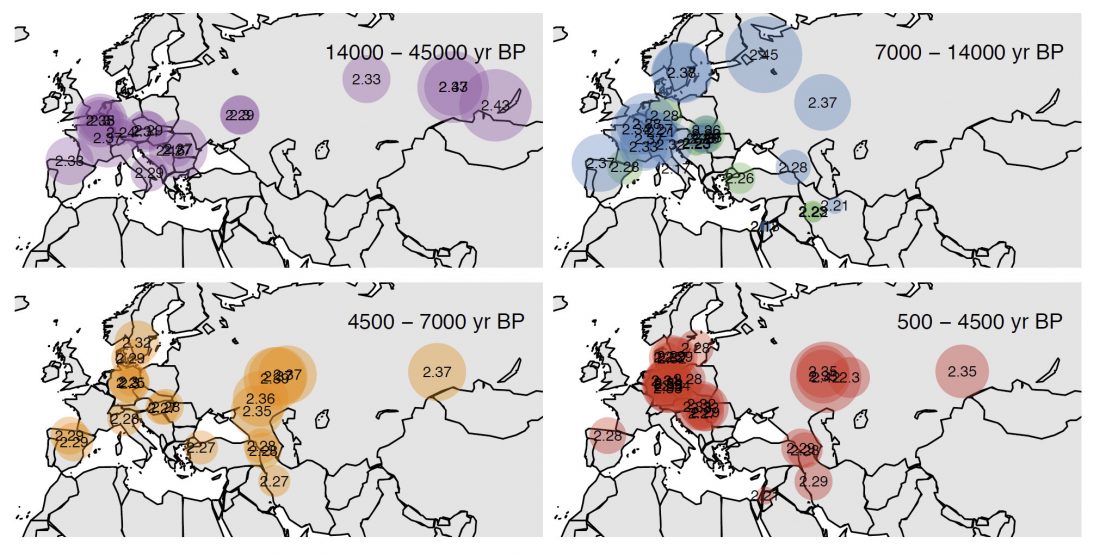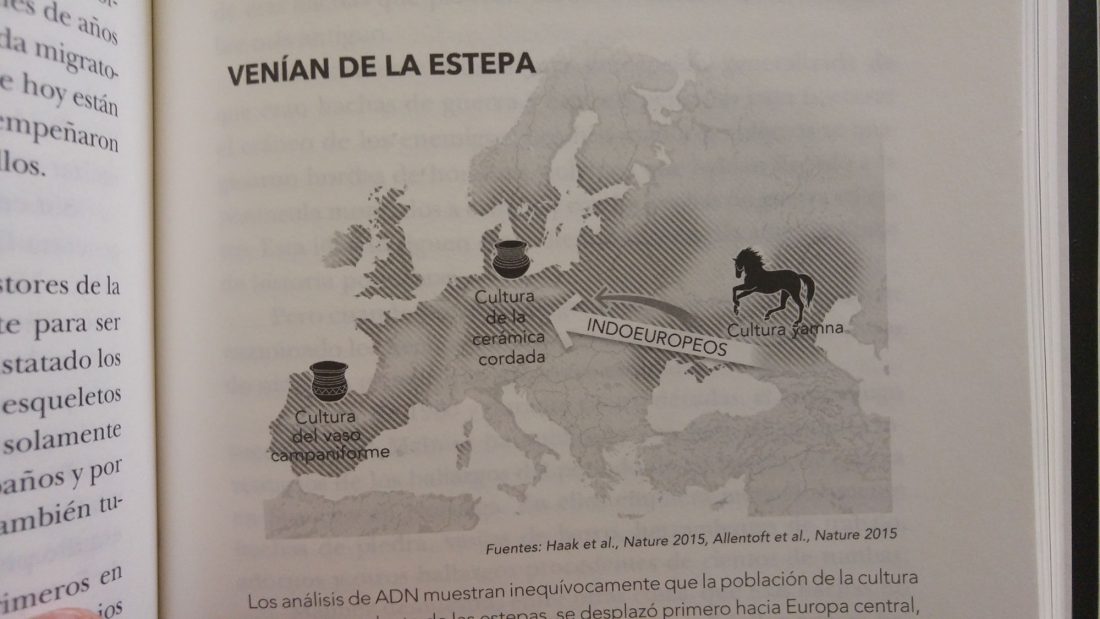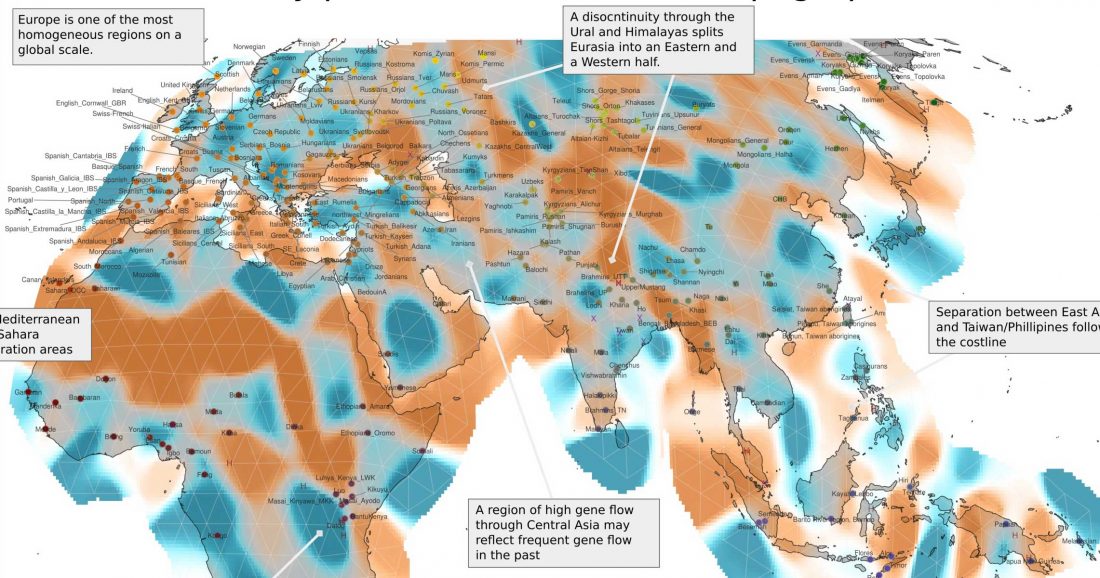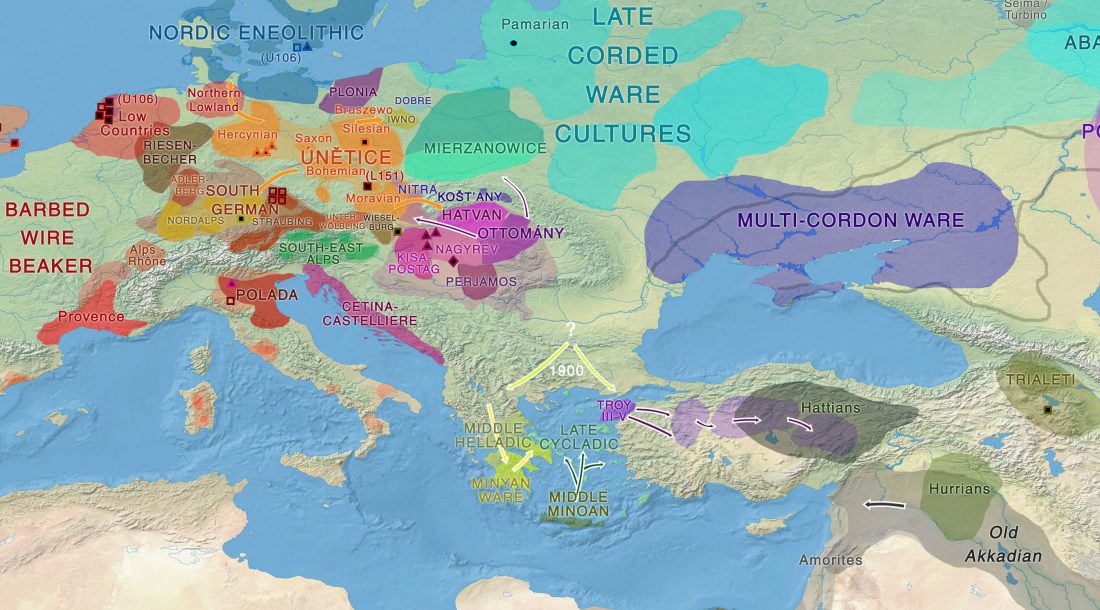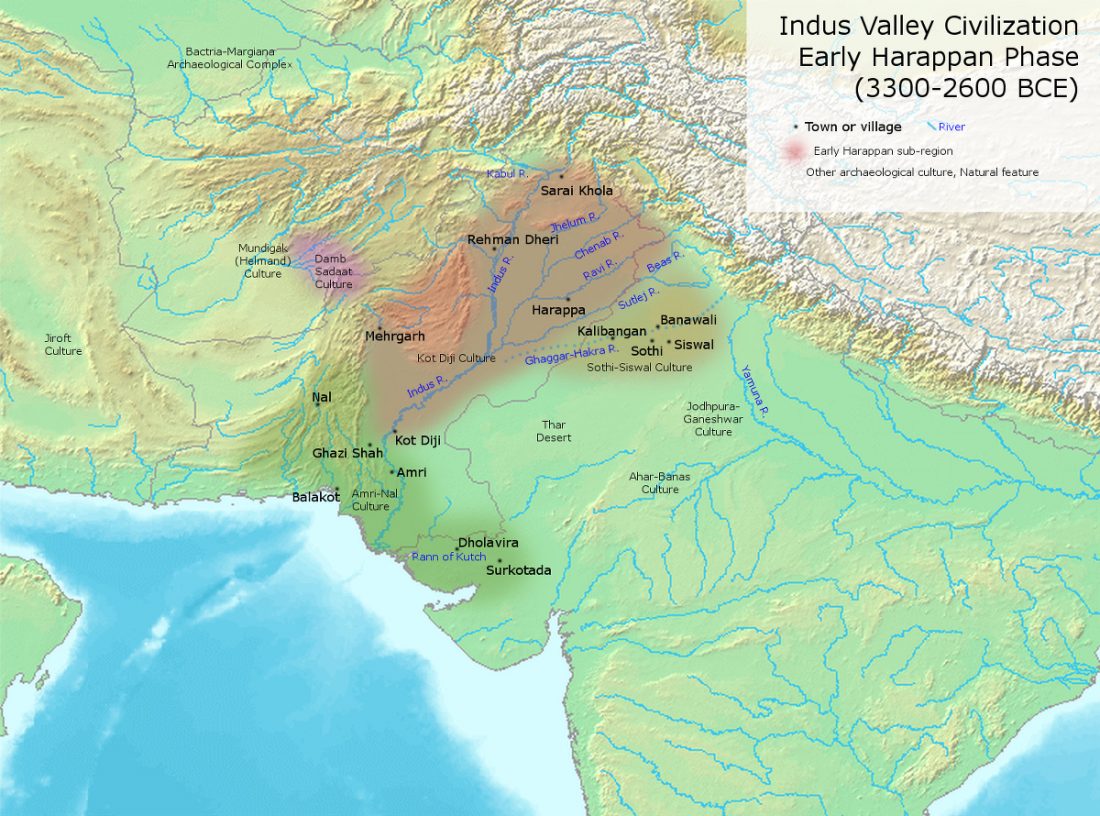Germanic–Balto-Slavic and Satem (‘Indo-Slavonic’) dialect revisionism by amateur geneticists, or why R1a lineages *must* have spoken Proto-Indo-European
I feel there has recently been an increase in references to quite old – and generally outdated – terms, such as Germano-Balto-Slavic and “Indo-Slavonic” (i.e. Satem), described as Late Indo-European dialects. This is happening in forums and blogs that deal with “Indo-European genetics”, and only marginally (if at all) with the main anthropological subjects that form Indo-European studies, that is Linguistics and Archaeology.
Firstly, let me go apparently against the very aim of this post, by supporting the common traits that these dialects actually share.
Satem Indo-European or Indo-Slavonic
Balto-Slavic is a complex dialect, whose known proto-history and … Read the rest “Germanic–Balto-Slavic and Satem (‘Indo-Slavonic’) dialect revisionism by amateur geneticists, or why R1a lineages *must* have spoken Proto-Indo-European”
